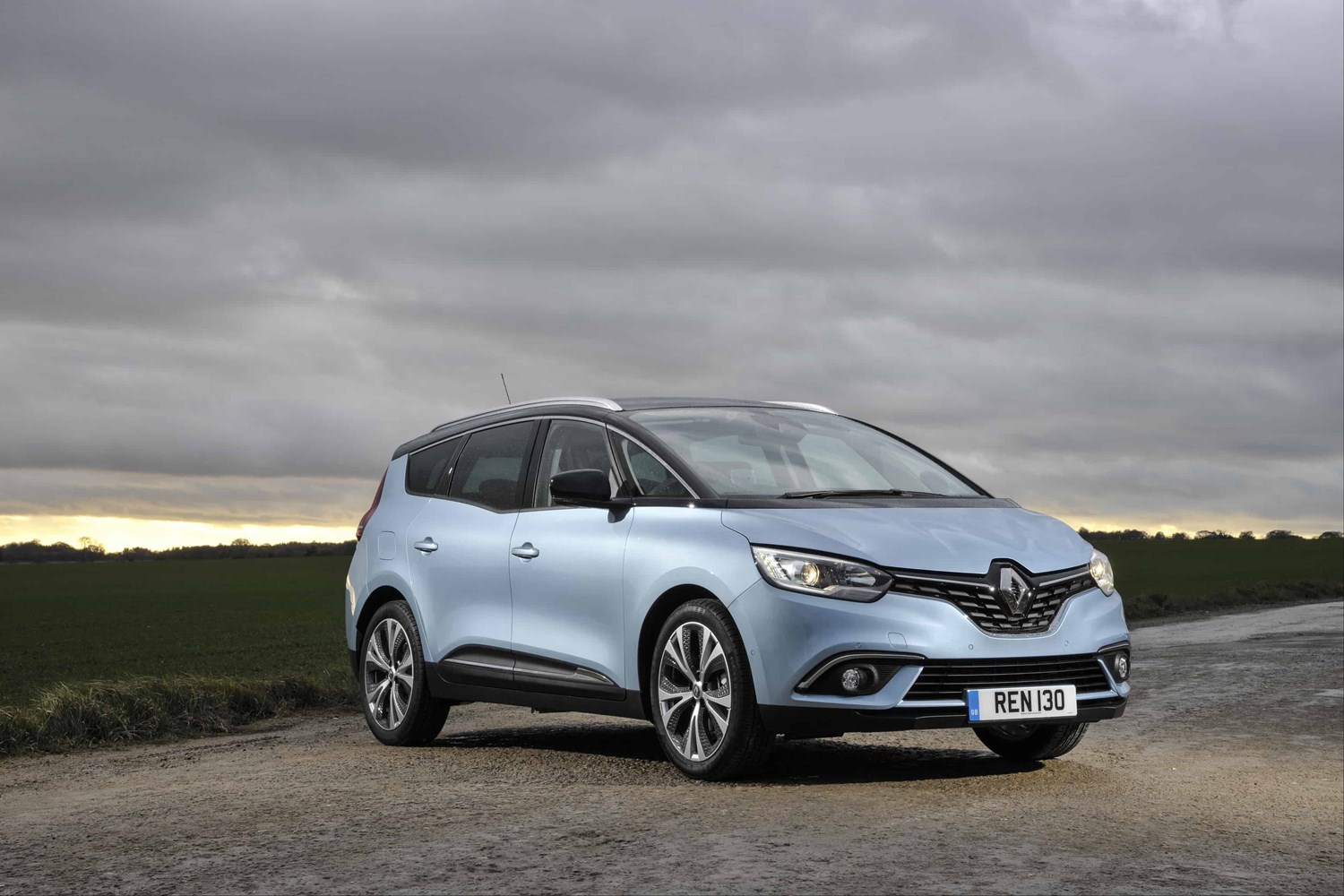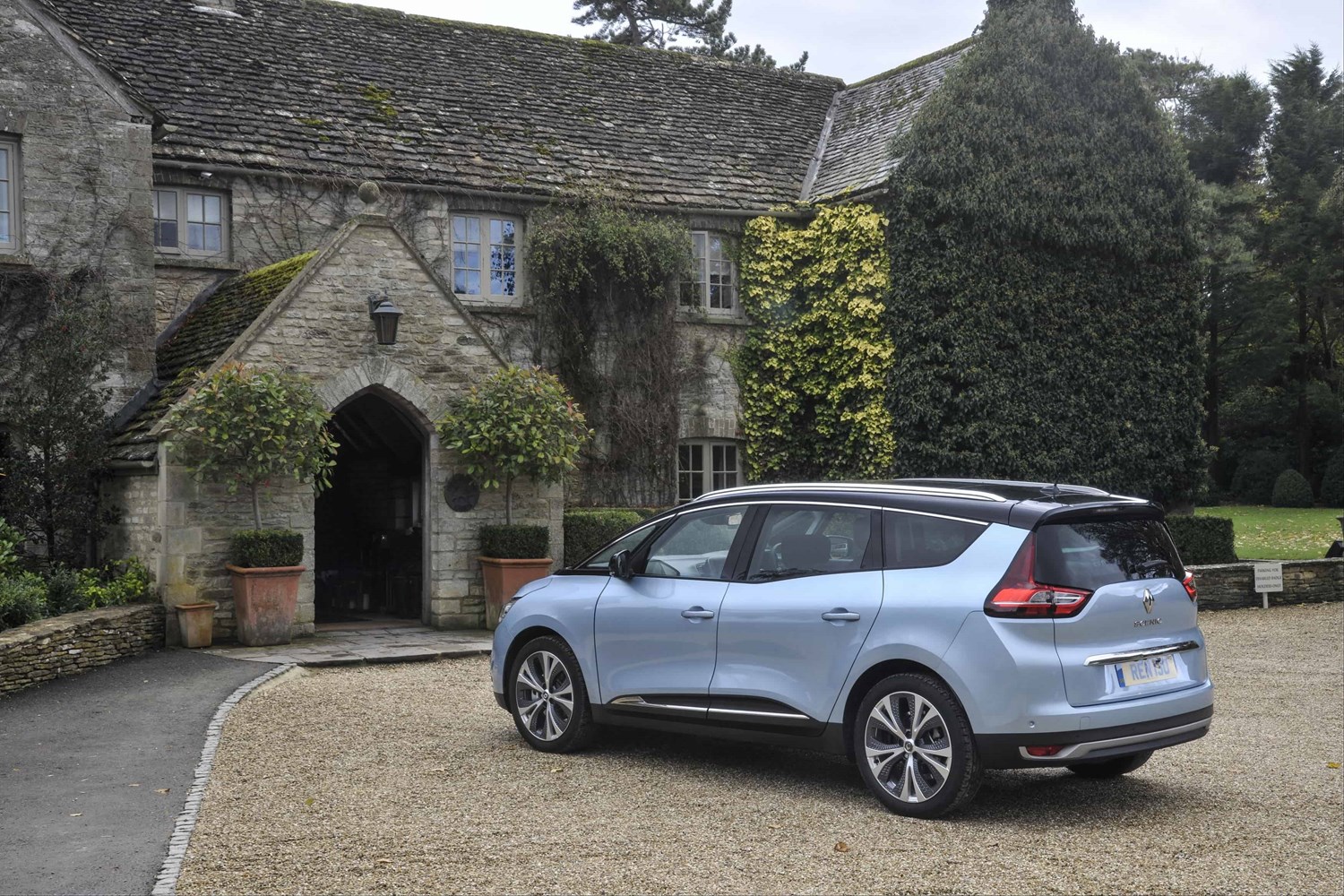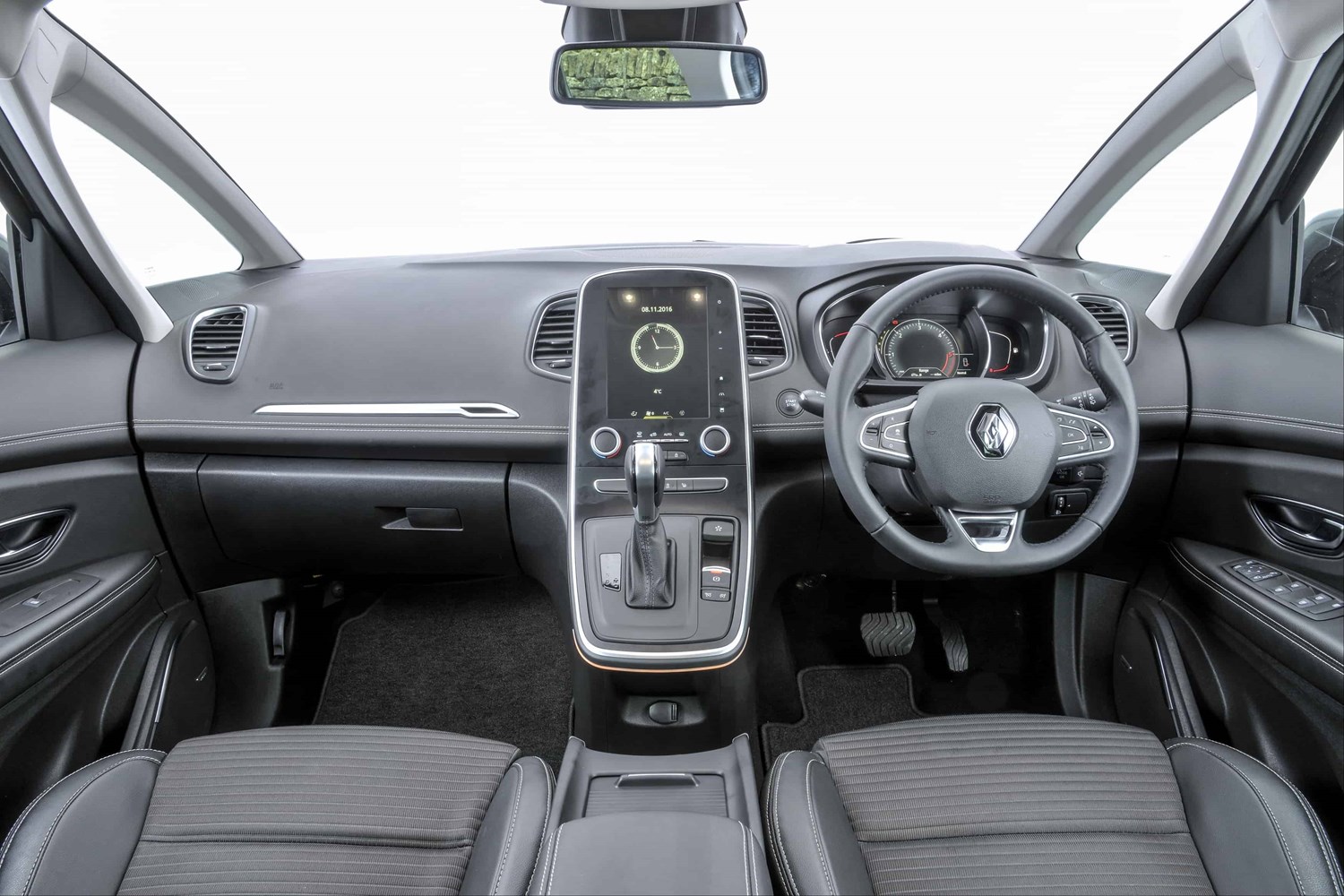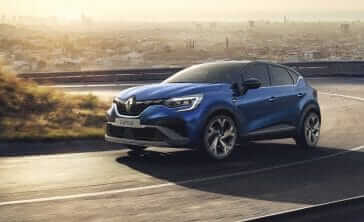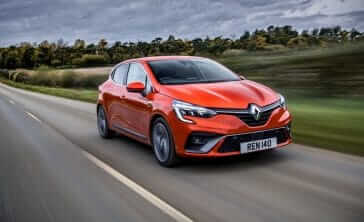Model review
The Scenic is no newbie to the MPV class. Originally it was launched by Renault in the mid 1990s as a larger five-seater offering more space and practicality than the Megane family hatchback from which it was based. It may have been a bit boxier when it came to styling, but it was clear from sales that Renault was onto something, and by the second generation a larger seven seat version was added to the line-up – aptly names Grand Scenic.
By this mark II version, the styling had become more unique – coming with features like a “Renault Card” instead of a conventional key, which is something that continues to be used. The seats were all individually movable too, which meant that it could transform from a minibus to a van at the drop of a hat, although removing the seats was a cumbersome process.
By the time the third generation came in 2009, the styling had really moved up a gear, as too had the competition. Renault also had to react to the times, improving the technology that was available as well as the way it drove.
The fourth-generation model that was launched in 2016, and has become the most technologically advanced model yet. Not only does it have a more upmarket look to it, but it also features a touchscreen infotainment system which dominates the centre console. Loads of safety equipment is included, too – such as autonomous emergency braking, lane keep assist and fatigue detection alert system, all of which helped it gain five stars in Euro NCAP safety testing.

Current model
Approaching five years old now, Renault has adopted the ‘if it ain’t broke, then don’t fix it approach’ to the principals of the Grand Scenic. The only areas of improvement have been in areas such as space, safety and technology. While it still is largely based on the standard Scenic – in fact it’s the same width – it has a longer body and wheelbase. It’s also been given a slightly raised ride height too, which gives the driver a slightly loftier driving position.
The most important part of any MPV though is the space inside though, and fortunately this hasn’t been compromised in the interest of exterior styling. It still remains one of the most usable and spacious offerings in its class.
Value for money
So does the Grand Scenic offer good value for money? Well, not especially.
With prices starting from £24,525, it’s more expensive to buy and retains less over three years than some of its key rivals, but running costs aren’t bad, with the entry-level diesel returning over 70mpg and low emissions meaning it’ll be cheap to tax. The other benefit is that it comes pretty well equipped as standard, including that touchscreen infotainment system and a host of safety kit.
If you’re looking for a cheap seven-seater, earlier Grand Scenic models are great choices, with plenty available for under £1,000 – a 2008 1.5-litre diesel version with around 100,000 miles on the clock is attainable for that budget. In terms of newer versions, the latest Grand Scenic is available from around £11,000 – this buying a well-specced 2017 model with around 70,000 miles on the clock. There are some vast savings on nearly new models as well, with £16,000 buying you a one-year-old version with around 10,000 miles on the odometer.
Looks and image
There’s no question the latest incarnation of the Grand Scenic is more premium and more grown up than any offering we’ve seen before. Clearly, Renault designers have been hard at work trying to not only make it a practical, usable space, but also give it some appeal too, rather than it simply being a box on wheels – something MPVs have a habit of looking like.
And let’s start with those wheels, which measure 20 inches as standard and really set off the overall look of the car. It basically makes all versions, even entry-level models, look more expensive than they actually are, and also helps it ride slightly higher too – giving it a more imposing stance on the road. Add in the deep sills and raked nose, plus LED daytime running lights and all-in-all, and you’ve got a stylish and well packaged offering.
It doesn’t have the same go-anywhere demeanour as cars like the Nissan X-Trail or Seat Tarraco, but it’s certainly got the edge over ‘safer’ styled offerings like the Ford Galaxy or Volkswagen Touran.
Space and practicality
Renault has been very clever to balance the looks and practicality of the latest generation Grand Scenic, without favouring one over the other. Because of the extended wheelbase, the rear passenger doors are slightly longer, making getting in and out easier.
Once inside though, it feels a bit like you’ve entered the Dr.Who Tardis thanks largely to the clutter free dashboard and neatly laid out and airy cabin. The driver and front passenger are spoilt when it comes to head and legroom, and its much the same case for people sat in the middle row, with seats that move back and forth as well as recline.
The third row of seats, which can be folded into the floor, are really better suited for children though. The lack of any apparent leg room there would have any ‘grown-ups’ feeling uncomfortable even on short journeys. Obviously, the middle seats can be pushed forward to improve things, but then that would impede space for middle passengers. Think of the third row of seats as occasional chairs for little ones and you won’t be disappointed.
Most of the time they’re better folded flat to take advantage of that boot, which has 596 litres of space with two rows in position – increasing to 1,900 litres when the middle bench is folded.
Engines
There are plenty of engines to choose from ,with two petrol and three diesels, and most have been tried and tested in other models in the Renault line-up so should prove pretty reliable.
The entry-level engine is a turbocharged 1.2-litre unit with 114bhp, this engine is also available with 128bhp and it’s the latter we’d be more inclined to opt for. The 114bhp version can struggle for oomph, especially if you’re carrying lots of people or heavy items in the boot. Later Scenic versions are available with a new 138bhp turbocharged 1.3-litre unit.
Diesel-wise, at launch, there was either a 1.5-litre unit which produces 109bhp and 260Nm of torque. This been part of the Renault line-up for quite a few years now. Overall, it’s a decent all-rounder, but like the entry-level petrol, could struggle with carrying lots of weight, so we’d suggest one of the more modern 1.6-litres with either 128bhp or 158bhp.
For many the former will be more than enough, with 320NM of torque it’s got plenty of pull for most occasions. The only downside is that it’s only available with a six-speed manual gearbox, so if an auto is a must have then the range-topping diesel is the one to go for. It’s not what you’d call spirited behind the wheel, it’ll do 0-60mph in around 11 seconds, but it will cope with carrying passengers and bulkier items without any issue.
Renault has since discontinued the 1.6-litre diesel unit – meaning the only current option is a 1.5-litre engine, which now produces 118bhp.
Running costs
One of the benefits for choosing the Grand Scenic over many of its rivals is its running costs, in particular fuel economy. Because of its aerodynamic shape, and low capacity engines, it should mean you won’t have to stop at the petrol station as often.
Both petrol versions should return an average combined fuel economy of around 46mpg, which is good for a car of its size – especially with those large alloy wheels. CO2 emissions stand at 136g/km, which is about the same as most of the competition.
If you really want strong economy though, then the entry-level diesel is the one to go for, returning a claimed 70.6mpg and emissions of just 104g/km of CO2. The two 1.6-litre diesels will return just over 60mpg and emissions between 119 and 122g/km of CO2.

Things to look out for
The main reason you’d opt for a Grand Scenic over a standard Scenic is the extra space and third row of seats, so without doubt this would be the first thing to look at. Make sure that anyone who’s going to be sat in that third row is going to be comfortable, but not only that make sure they can get into that third row easily.
It’s also worth navigating around the vertically mounted 8.7-inch infotainment screen. There are lots of pages to get your head around and it might take time to adjust to. So, if you’re a technophobe then make sure you’re happy with how it all works before you make your decision.
With the Grand Scenic not being an especially popular model, and with it still being quite fresh, there isn’t a huge amount known about its reliability. However, Renault’s five-year warranty should provide extra comfort.
Rivals
With the growth in demand for seven-seat SUVs, MPVs as we know them are slowly losing ground. Spacious SUVs worth considering are the Nissan X-Trail, Kia Sorento, Skoda Kodiaq and Seat Tarraco.
However, there are still a number of conventional MPVs that remain especially spacious choices – including the C4 SpaceTourer, Volkswagen Touran and Ford S-Max. All of these have really raised their game and are offering better all-round packages than ever before.
Depreciation
One area where Renaults have always struggled is holding onto their value, it seems they don’t tend to age well. Plus, with growing demand for seven seat SUVs/crossovers, which offer similar levels of practicality with only marginal space losses, but in a package that’s on the whole more desirable, it has meant the MPV as we know it is struggling.
What does help the Grand Scenic though is its stylish design and safety kit meaning it’s a more desirable used car proposition. However, rivals like the VW Touran and C4 SpaceTourer will retain more of their value after three years.

